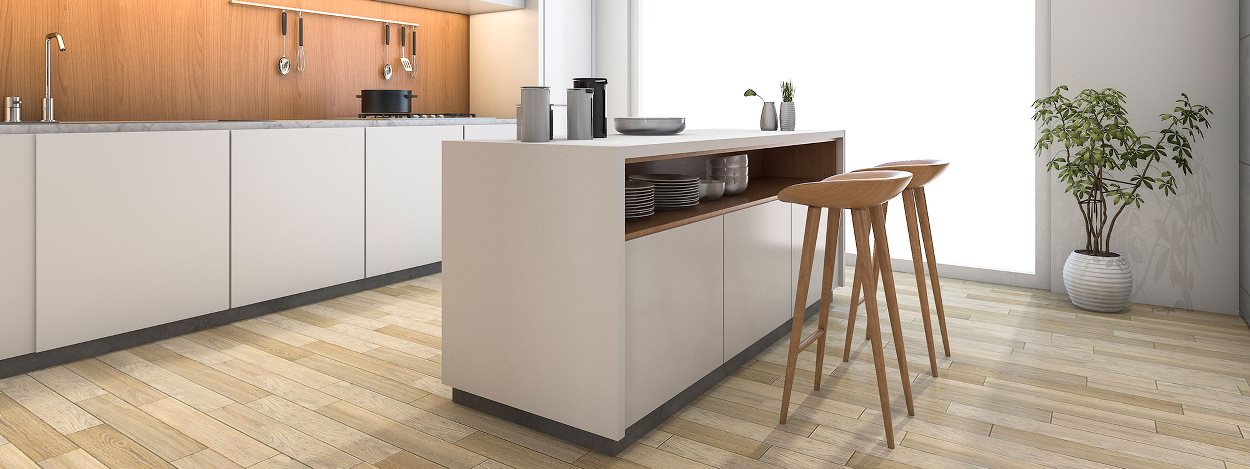
Underfloor Heating for Any Budget: Guide to Choosing the Right Solution
Dreaming of warmth and coziness in your home? Underfloor heating is a fantastic way to achieve this. Whether you have a large or small budget, there is a solution for you. Follow our guide to find the best type of underfloor heating for your needs and considerations when choosing heating sources.

What is underfloor heating?
Underfloor heating is a heating method where warmth is transmitted through the floor and into the room. There are different types of underfloor heating, including water-based, electric, and infrared. Water-based underfloor heating is the most energy-efficient solution due to its low operating costs. Electric underfloor heating may be more expensive to purchase and install than other systems, but, in turn, it has lower maintenance costs than, for example, water-based systems.
Water-based underfloor heating is the most energy-efficient solution due to its low operating costs.
Installing an underfloor heating system provides many advantages, such as increased energy efficiency, a high level of comfort, and aesthetic benefits by eliminating visible radiators or air conditioning units in the room. However, the installation requires the correct type of subfloor and insulation, as well as control features tailored to your home. Therefore, it should be carefully planned with a professional supplier before the underfloor heating installation begins.


Benefits of Underfloor Heating
Underfloor heating is a comfortable way to heat your home, creating a uniform and stable temperature throughout the room. With underfloor heating, you can eliminate radiators, which take up unnecessary space and often have a bulky aesthetic.
Energy Efficiency
Insulating the floor can be a good investment in terms of energy efficiency. It helps reduce heat loss and save on heating costs. By installing temperature control in different rooms, you can further increase efficiency by only heating the rooms in use. This creates a more comfortable indoor environment and reduces costs.
Another way to improve energy efficiency is by ensuring a more even heat distribution in the home. This can be achieved by choosing underfloor heating, which allows individual temperature control in each room, providing greater control over heat distribution. This makes the entire home more comfortable while saving money on heating bills - regardless of your space or budget!
Comfort
No dust issues from radiators with underfloor heating. With underfloor heating, you can eliminate radiators in your home, reducing dust issues and creating more space for decor. Additionally, individual temperature control in each room provides a comfortable experience year-round without cold feet in winter.
Forget about cold floors in winter - choose underfloor heating. Regardless of the area or budget, there is a solution that suits you. Underfloor heating ensures a comfortable indoor environment and allows you to achieve the desired temperature exactly where you want it. The investment in underfloor heating is not only comfortable but also long-lasting and energy-efficient!
Design and Aesthetics
With underfloor heating, you can have more wall space without visible radiator systems. An "invisible" solution that provides comfortable warmth and maintains the original appearance in older homes. Underfloor heating under wooden floors or tiles is also an option to free up space and create a more minimalist design.
Regardless of your budget, you can eliminate radiators and still benefit from underfloor heating. With the right solution, you can save money on energy bills and create a stylish home without compromising on design.
Underfloor Heating or Radiators?
Underfloor heating is a more energy-efficient solution than traditional radiators. It requires a lower temperature to maintain the same comfortable level, covering a given area. Radiators often create uneven heat distribution, while a properly installed and insulated underfloor heating solution will provide consistent heat distribution throughout the room.
However, installing electric underfloor heating or water-based underfloor heating systems can be more expensive than traditional radiator systems. Still, it is worth considering the long-term energy savings with underfloor heating. Underfloor heating is an investment that can pay off over the years.

Types of Underfloor Heating
Water-based underfloor heating is a popular and energy-efficient solution for home heating. This type of underfloor heating works by circulating hot water through pipes under the floor, creating a consistent heat distribution throughout the room. It requires professional installation and may be slightly more expensive than other types of heating systems, but it can pay off in the long run with savings on energy bills.
Electric underfloor heating is also an effective choice for budget-conscious homeowners. This system uses electric cables or mats placed directly under the floor to generate heat. The installation is relatively simple and cheaper than water-based systems, but the operating costs can be higher over time compared to other types of heating systems. Electric underfloor heating is ideal for smaller rooms or as a supplement to existing heating solutions in larger spaces.

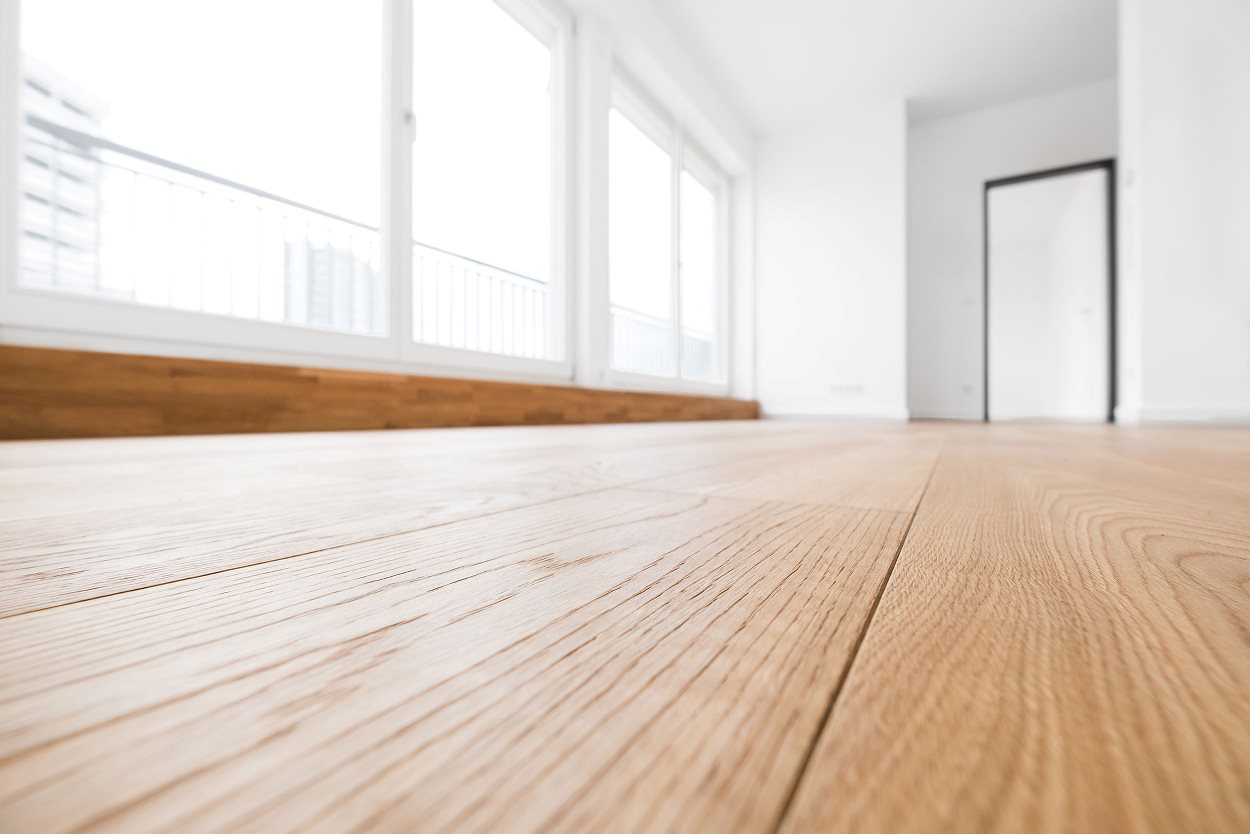
Water-Based Underfloor Heating
Water-based underfloor heating is a popular heating solution for homes. Here is an overview of the advantages and disadvantages of this type of underfloor heating:
Advantages of Water-Based Underfloor Heating:
- Uniform Heat Distribution Throughout the Room.
- Lower Operating Costs Compared to Other Types of Heating.
- Pipes can be integrated into existing room design.
- Can be installed in concrete or under wood and carpet flooring.
Disadvantages of Water-Based Underfloor Heating:
- High Installation Costs.
- Time-Consuming Installation.
- Requires a separate system for cooling if air conditioning is desired.
- PEX pipes can be more expensive than traditional PVC pipes.
- PVC pipes are less flexible than PEX pipes.

Electric Underfloor Heating
Electric underfloor heating is a popular and effective solution for heating your home. There are both advantages and disadvantages to this type of heating, but with the right installation, electric underfloor heating can be a good investment. Below is a list of typical pros and cons, as well as different types of constructions for electric heating cables.
Advantages of Electric Underfloor Heating:
- Easy to install
- Low energy consumption
- Option for individual room control
Disadvantages of Electric Underfloor Heating:
- Higher costs compared to traditional heating systems
- Requires professional installation
- May take longer to reach optimal temperature


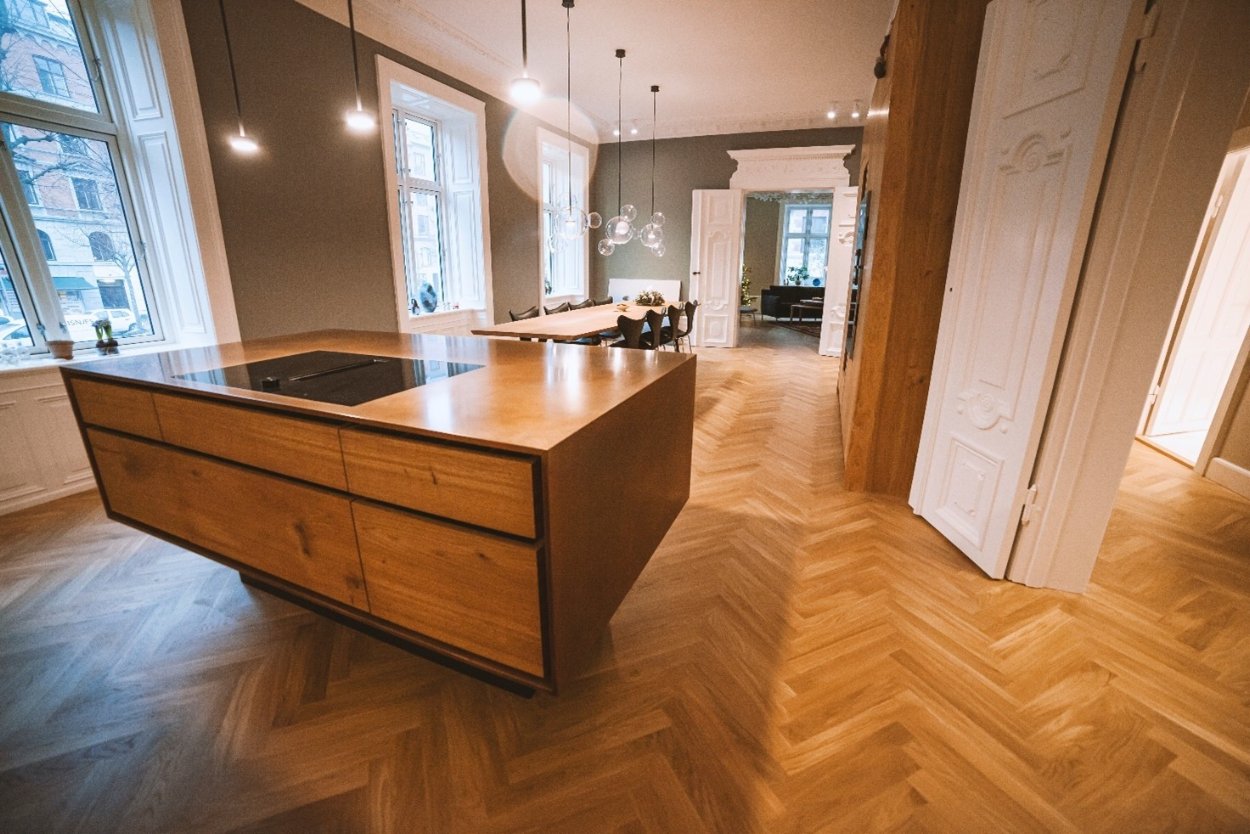
Infrared Underfloor Heating
Infrared underfloor heating is a modern and energy-efficient way to heat your home. This type of underfloor heating operates by emitting infrared rays, which heat objects and surfaces in the room, subsequently warming the air. Below is a list of typical advantages and disadvantages of infrared underfloor heating.
Advantages of Infrared Underfloor Heating:
- Energy-efficient
- Improved air quality
- Option for individual room control
- Suitable for allergy sufferers
Disadvantages of Infrared Underfloor Heating:
- Higher costs compared to traditional heating systems
- Requires professional installation
- May take longer to reach optimal temperature
- Not suitable for larger rooms or rooms with a lot of furniture

Underfloor Heating for Every Budget
Whether you're looking for a top-of-the-line underfloor heating solution or a more budget-friendly option, there's an underfloor heating solution that fits your needs. Here are some of the most popular underfloor heating solutions and their price ranges:
Electric Underfloor Heating: This is the most budget-friendly option and is ideal for smaller areas like bathrooms and kitchens. The price can vary from 50-100 £ per square meter installed.
Water-Based Underfloor Heating: This system is more costly than electric underfloor heating, but it is also more energy-efficient and can heat larger areas. The price can vary from 70 - 150 £ per square meter installed.
Radiant Heating: Radiant heating works using infrared rays that heat objects in the room rather than the air. This solution is ideal for large, open spaces and can be a good option for renovation projects as it doesn't require the installation of pipes in the floor. The price can vary from 140 - 250 £ per square meter installed.
Prices can vary from place to place as well. Investigate prices for your area on your own. Contact a professional installer for an accurate assessment based on your specific needs.
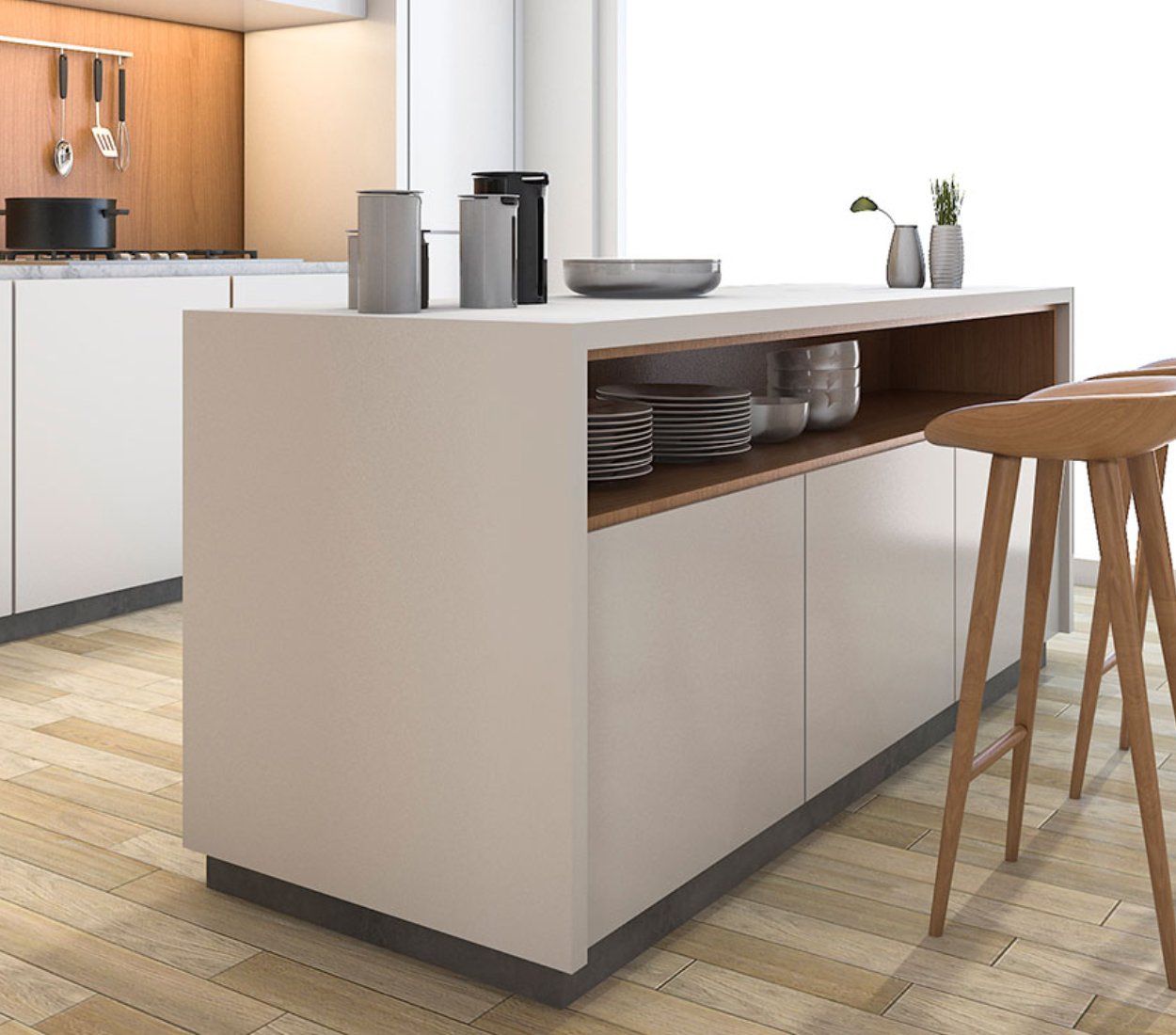

Considerations When Choosing Underfloor Heating
When choosing underfloor heating, you should first consider your type of residence and existing floor covering. If you have a tight budget, electric underfloor heating may be the most cost-effective solution for you.
The installation of underfloor heating often requires professional assistance and regular maintenance to ensure optimal functionality. Consider these factors when selecting your underfloor heating solution.
Large or Small Residence?
When it comes to choosing underfloor heating, the size of your residence is an important factor to consider. If you live in a large residence, a water-based system may be the most effective solution. Conversely, if you reside in a smaller home, electric underfloor heating is often more cost-effective.
Underfloor Heating for New Construction vs. Renovation.
The choice of underfloor heating solution also depends on whether it is for new construction or a renovation project. In new construction, there is an opportunity to plan and integrate the heating system optimally from the start, while in renovation, existing conditions such as ceiling height and wiring must be taken into account.
This may present some challenges in terms of fitting everything into the rooms.
Which Rooms Should Have Underfloor Heating?
It is not necessary to install underfloor heating throughout the entire house – most people choose to have it installed in specific rooms, such as the bathroom or kitchen, where cold tile or flooring can be uncomfortable and result in cold feet in the morning.
Consider your needs and priorities before deciding which rooms should have the heat from your new system with electric, gas, or oil-fired heat sources beneath your wooden floor leaks system!
Existing Floor Covering
Underfloor heating beneath existing floor coverings can be the perfect solution for those looking to upgrade their home and add more comfort and coziness during the winter months. However, there are some considerations to make when choosing underfloor heating for your existing wooden or tiled floor.
First and foremost, consider your existing floor covering. If you have a wooden floor, be aware that wood can react to temperature changes and may expand or contract. It is therefore important to choose an underfloor heating solution that can be adapted to wooden floors and can be adjusted according to temperature shifts.
If you have tiled floors, it is important to choose an underfloor heating solution that is suitable for tiled floors and can withstand heat and cold. You should also ensure that your existing floor covering is in good condition and has no damage before installing underfloor heating.
When choosing underfloor heating for existing floor coverings, you may also consider opting for a low-profile solution to avoid raising the floor too much. There are several types of thin and flexible underfloor heating solutions on the market, which can be a good solution for existing floors.
Options for adaptation for different types of existing coverings:
- Tiles: Can be removed or ground down.
- Wood: Check the wood's moisture content. If over 8%, ventilation is needed for at least one week before installation.
- Vinyl: Needs to be removed.
- Concrete: Can be considered a good foundation, but still requires heating plates on top.
Budget
Underfloor heating can be a significant investment, but it's important to know that there are options available at every price point. The prices of underfloor heating depend on various factors, such as the size of your home and the type of installation you desire.
A standard installation usually starts from £50 per square meter, while more advanced solutions, such as water-based underfloor heating, can cost more.
Several factors influence the price of installing underfloor heating in your home, including the size of the project and the complexity of the chosen solution. Additionally, any changes in planning will also impact the cost, so always remember to include these expenses in your budget.
When it comes to financing or support programs for your new underfloor heating solution, it's worth exploring options with both private banks and installers for potential savings.
Installation and Maintenance
A professional installation process is necessary to achieve maximum efficiency from your underfloor heating system. It's crucial to choose an experienced installer and follow the manufacturer's instructions for proper installation. Optimizing the temperature control system can also help minimize costs and extend the system's lifespan.
There are various maintenance solutions for underfloor heating, including regular cleaning, replacement of defective parts, and service check-ups by an authorized technician.
While some solutions may be more time-consuming or expensive than others, they can contribute to long-term savings on energy and repair costs. It's essential to consider both the pros and cons of each solution before making your maintenance decision.

NORDIC Underfloor Heating Plates
When considering installing underfloor heating, it's beneficial to use high-quality underfloor heating plates in the process.
Our innovative underfloor heating plates can reduce heating bills by 40 to 60 percent compared to traditional heating methods. As an additional benefit, they contribute to a significantly improved indoor climate.
The underfloor heating plates feature aluminum heat distribution across the entire surface and include an integrated turning groove in all plates. The plates come with XPS insulation, effectively minimizing heat loss.
NORDIC underfloor heating plates have the potential to decrease heating bills by 40 to 60 percent.
Designed to accommodate various types of flooring, including wooden floors, concrete, tiles, and ceramics, our underfloor heating plates are suitable for both new construction and renovation projects. We also offer a range of sizes and thicknesses to meet different needs and preferences.
Explore our selection of underfloor heating panels here
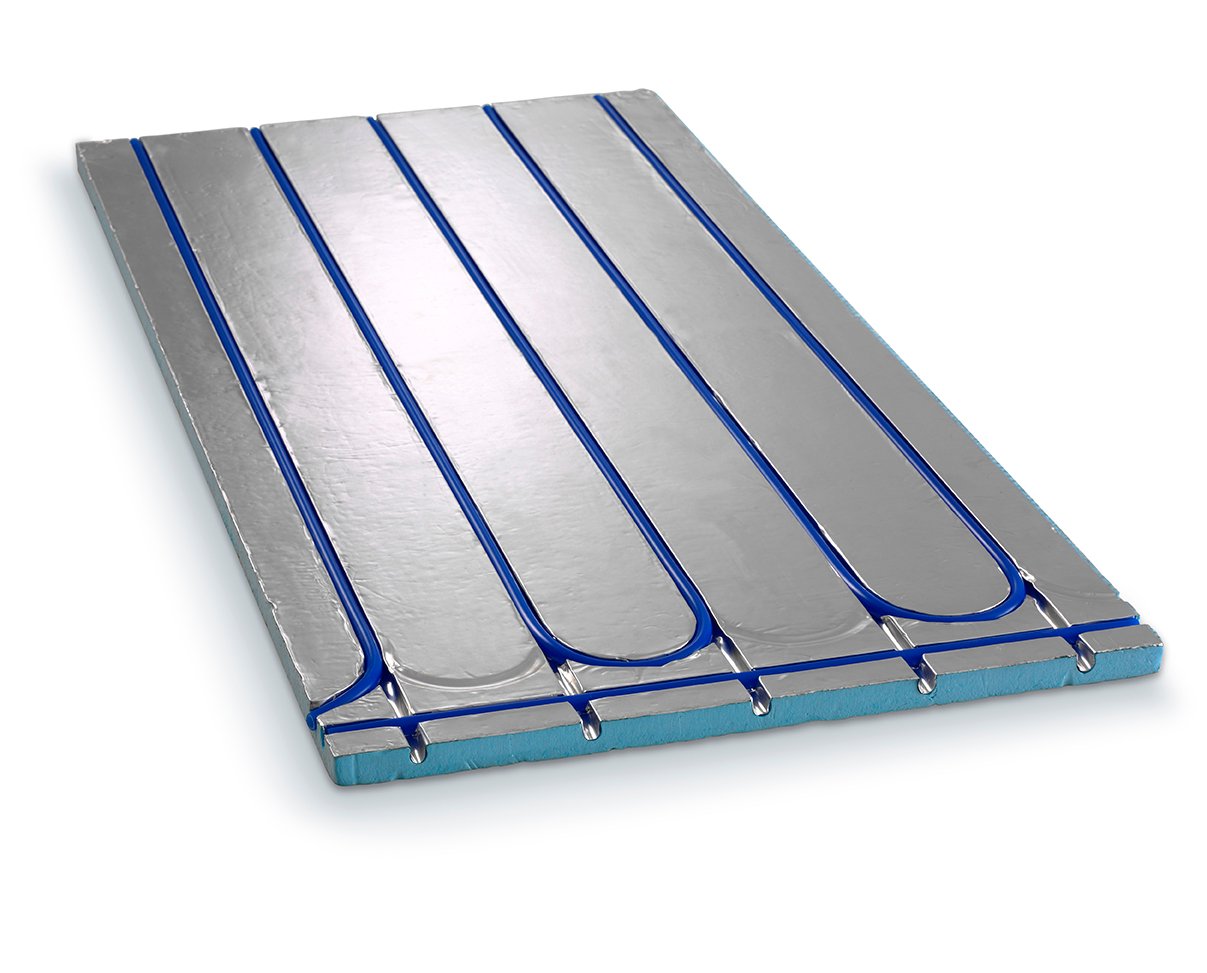

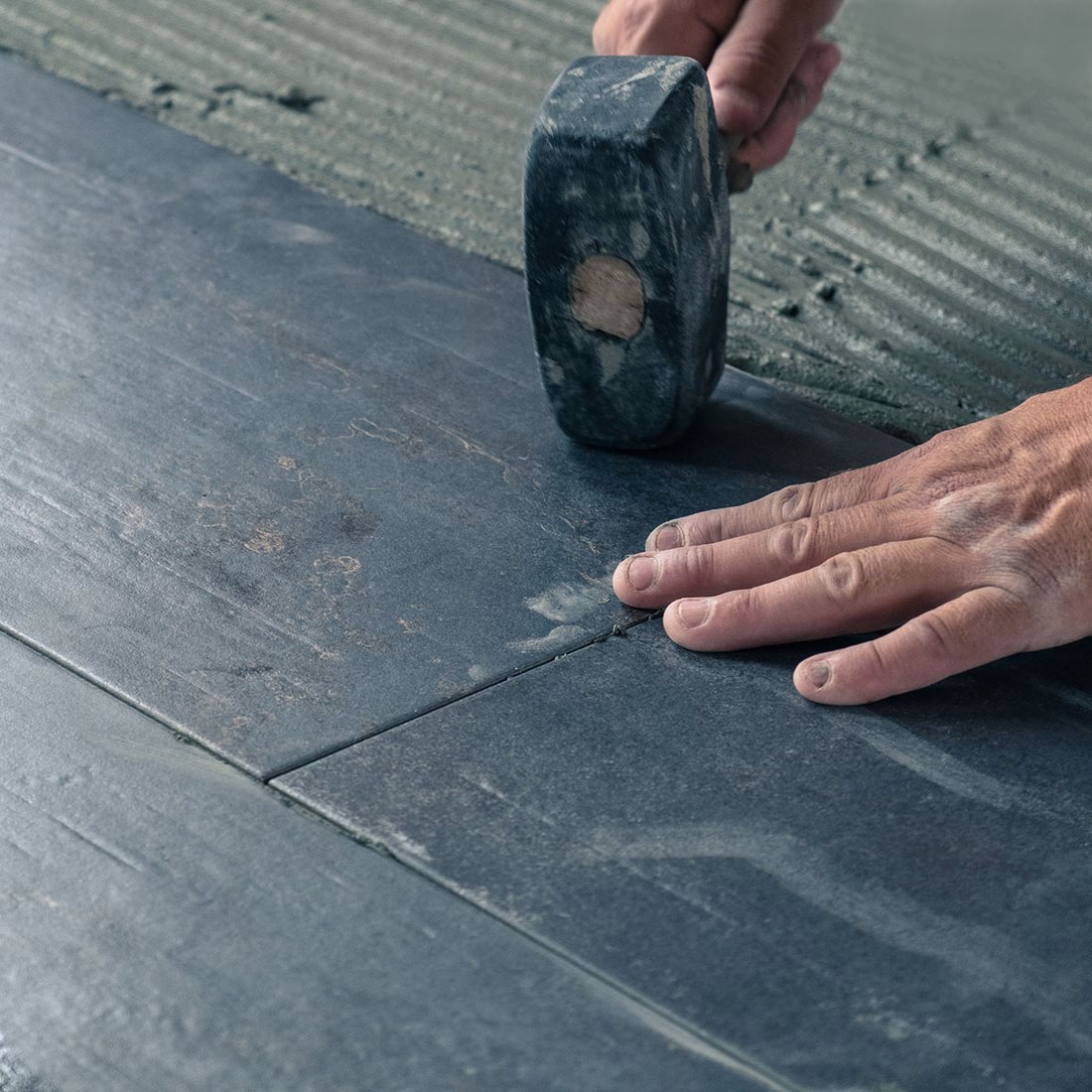
FAQ about Underfloor Heating
Can all types of floors be used with underfloor heating?
Yes, most types of floors can be used with underfloor heating. However, some are more suitable than others. For example, tiles and concrete are ideal for retaining heat, while vinyl or wooden floors require more careful installation.
Is it possible to have different temperature zones in the house?
Yes, it is straightforward to have multiple zones in the home using thermostats or settings on the system itself. This allows you to adjust the temperature individually in each room and thus save energy.
How much does it cost to install underfloor heating?
The cost of installing an underfloor heating system can vary based on the size of your home and the type of system you choose. A general rule of thumb would be around 60 – 120 £ per square meter installed. The best advice we can give you is to contact a professional installer for an accurate assessment based on your specific needs and budget requirements.
Is it necessary to remove existing flooring before installing underfloor heating?
It depends on the existing flooring and its condition. Generally, it is recommended to remove the old flooring for better adhesion between the underfloor heating system and the new floor.
How do I maintain underfloor heating?
First and foremost, you should ensure to clean your underfloor heating pipes at least once a year. This can be done by flushing the pipes with hot water and a water pump.
Finally, it is crucial to regularly check your system for any leaks or issues. If you discover a problem or suspect that something is wrong, you should contact a professional to inspect and repair your underfloor heating system.
